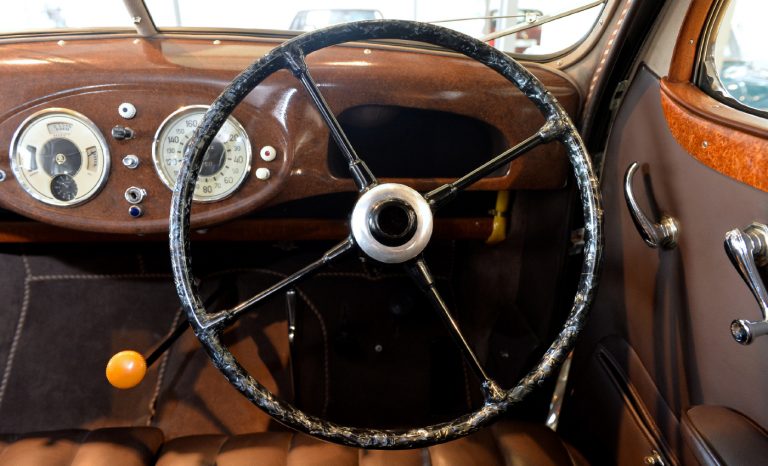It is believed that, over the course of the 18th century, driving on the right started to become more common on the other shore of the Atlantic, in France and in Russia because economic developments led to the introduction of four-horse carriages. Rather than sitting on a coach box, the coachman would ride on the left rear horse so that he could spur on the team of horses by using his whip on the right. This made it more advantageous for carriages to pass on each other’s left side, giving rise to driving on the right. Whatever the case, by the time of the Napoleonic Wars, the world was cleaved in two, at least when it came to transport: one – the original – half drove on the left, while the “Napoleonic” part of the world drove on the right. So France and the countries in which the famous commander reaped success took to driving on the right, while the rest of the world, with all the more stubbornness, insisted on keeping to the left.
The development of motoring in the United States contributed most to the unification of driving on the right. Even here, though, cars continued to have their steering wheel on the right for years. In the early 20th century, the steering wheel began to appear increasingly on the left. This was a natural progression: it enables those who are driving on the right to better gauge how to pass an oncoming car safely, and it also makes it easier for passengers to board from the pavement. Over time, all countries in mainland Europe made the decision to drive on the right.
One of the last European countries to do so was Sweden. It did not make the switch until 1967, by which time automobile (and also, for example, tram) traffic was much busier. Even so, the Swedes managed everything unexpectedly quickly – literally overnight, in fact. One evening, everyone parked their cars on the left, as dictated by the old law, but in the morning they set off on the right side of the road. Having said that, this switch-over had taken several years of careful planning.





























